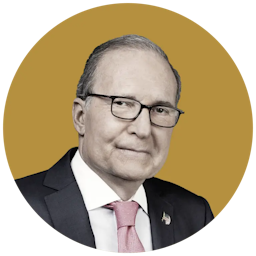Maybe Vietnam Won’t Twist the Knife, After All?
Xi knows that when Trump says no with a 145 percent tariff, he means no — no more cheap Communist Chinese goods imported into America.

The hottest tariff story right now is President Xi’s charm offensive in Southeast Asia.
When asked about it, President Trump said: “Xi’s tour is probably intended to screw the United States.”
It’s a complicated story, though. And there is good reason to believe that Vietnam will increasingly come into our economic and political orbit.
Mr. Xi is basically trying to sell his vast cheap goods inventory to Vietnam — because he knows that when Donald Trump says no with a 145 percent tariff, he means no — no more cheap Communist Chinese goods imported into America.
Of course, the American Vietnam story is full of tragedy, as 53,000 brave military service members lost their lives in the war, and President Ford finally ended it all by cutting and running from the rooftop of the American embassy in 1975, in the worst American retreat in history — at least until President Biden cut and ran from Afghanistan in 2021.
But back to Vietnam.
Yes, they went communist and still are. But Vietnam has recently liberalized its economy. American-Vietnamese relations have improved — a lot.
So what’s Mr. Xi doing at Hanoi?
Well, I can’t be sure… but I think Vietnamese communist leader Tô Lâm is hedging his bets between China and the United States.
Remember, Tô Lâm was the first world leader to respond to Mr. Trump’s tariffs and come to the table to negotiate. That’s an awfully good sign.
Last year, Vietnam imported $161 billion from China, but they exported $136 billion to America.
Mr. Xi is telling Mr. Tô that China is a reliable free trade partner.
No, they’re not. Mr. Xi’s China isn’t a reliable anything.
We know that, because they broke the U.S.-China Phase One Trade deal, signed in early 2020, into a million pieces.
The question now is how quickly America can make a trade deal with Vietnam.
The first bit was a 46 percent tariff, now it’s a 10 percent tariff, and Vietnam would like a zero percent tariff for both countries.
But here’s the rub: trans-shipping.
A recent study from the Harvard Business School finds that Chinese goods worth billions of dollars have been quietly rerouted through Vietnam to dodge U.S. tariffs.
Roughly 30 percent of Vietnam’s exports to America were goods that probably originated in China.
Take off the “Made in China” label, replace it with a “Made in Vietnam” label and — presto — you have a Vietnamese export.
Hat tip to TIPP Insights for publishing the study.
But the transshipping problem is one of those non-tariff barriers that Mr. Trump talks about.
It’s an issue that really shouldn’t be that hard to work out in the context of very low or zero reciprocal tariffs between the United States and Vietnam.
And the sooner America’s trade representative, Jamieson Greer, and the administration can work out a good deal with Vietnam, the more isolated China will become.

